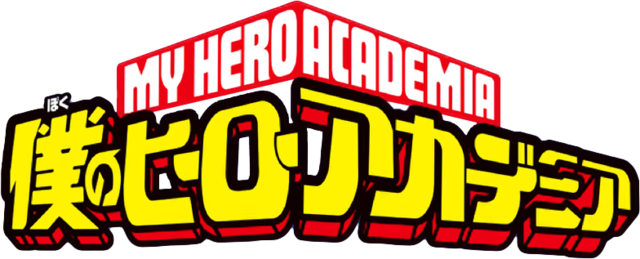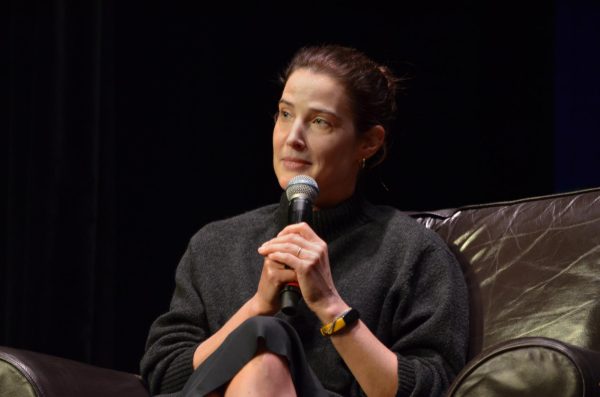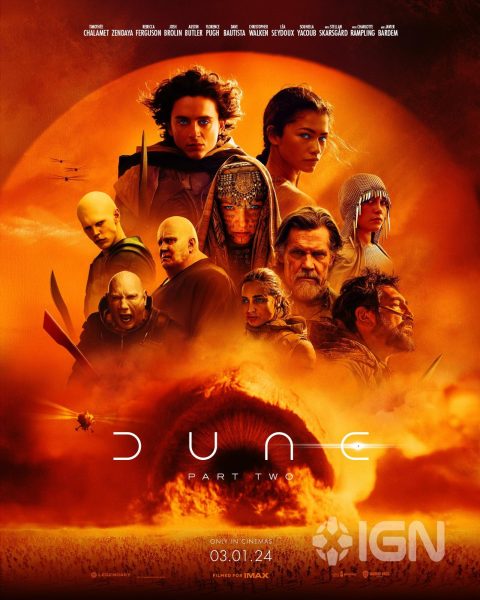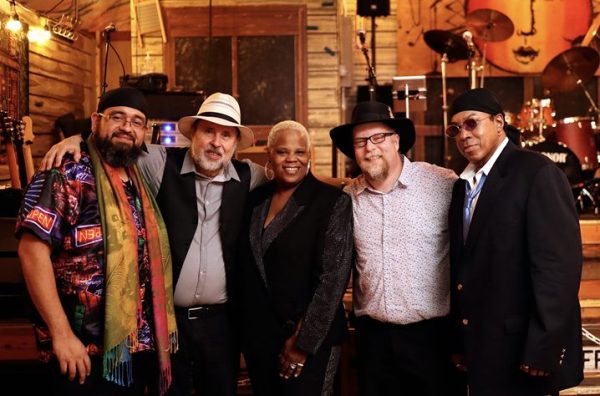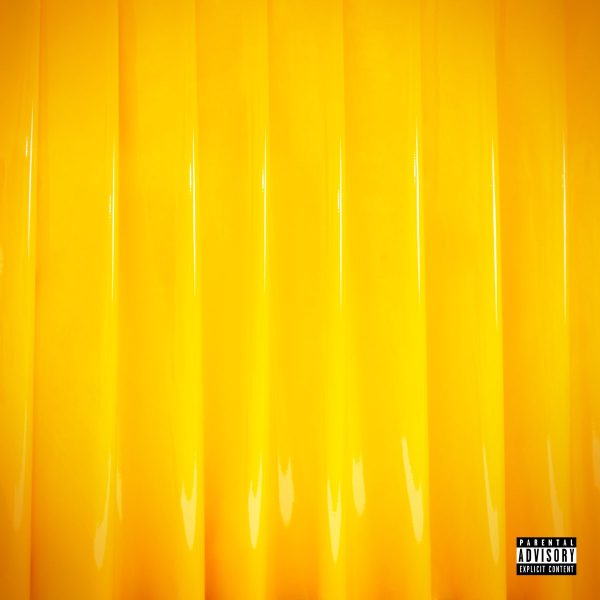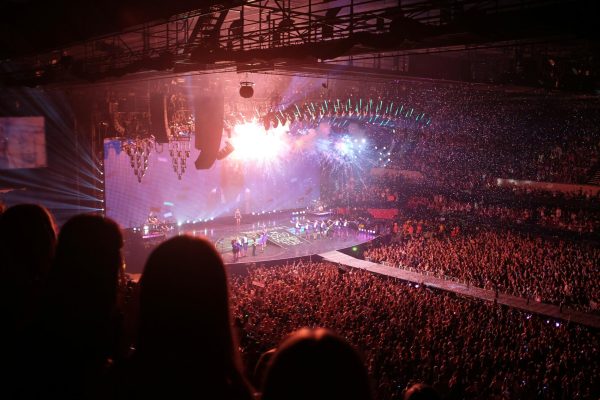Glover: ‘My Hero Academia’ fans leave manga behind for visual action
“My Hero Academia” is a manga and anime about a fictional world filled with superheroes.
October 23, 2019
“My Hero Academia” came storming back into the lives of anime fans on October 12, after a grueling 378 days since the season three finale. Seasons one through three proved to fans in the United States that the popular Japanese anime was even better than the pages of the comic. With vibrant colors, breathtaking fight scenes and complex yet devastating backstories, the anime adaption of “My Hero Academia” has claimed the hearts of manga and comic book lovers around the world.
After just the second episode of season four debuted this past weekend, many fans got a taste of what is to come, but nowhere near the whole enchilada. While episode two was tense by anime standards, much more is to come within the following episodes. Outside of the fact the episode was left on a mild cliffhanger, fans of the series are left salivating at the mouth for more content.
But why is it that so many fans of the beloved series feel disdain at the idea of reading the manga while simultaneously watching the anime? For many fans of “My Hero Academia,” life is beginning to become very busy; many fans are in college or even out with jobs and a mountain of responsibilities. Specifically, most anime fans in the United States aren’t into reading unless it is necessary or if it’s on their social media timeline. Sitting down and falling into the world of a black and white anime world isn’t nearly as enticing as it used to be. With so much visual stimuli embedded into the modern day, many fans can’t keep focused on this format for long.
One thing that today’s young adults can keep focused on is television. People love to watch episodes of their favorite shows and even develop deep emotional ties to said shows after a shocking revelation or an action-packed season finale. Sure, these same emotions can be evoked while reading, but the edge anime has over its manga predecessor is the visual spectacle. You can watch a character move from panel-to-panel in a comic or manga, but in anime the movement is fluid and constant. A fight can be displayed in panels, but the movement is completely dependent on where you focus your eyes. The anime removes a lot of the work from constantly darting one’s eyes right to left to progress the story forward.
The color and light projections speak for themselves while watching an episode of anime. Manga has that one page with color to begin or end a chapter. It’s beautiful art but it doesn’t quite cut it in the way that anime cuts it into a million pieces with a flaming sword that flashes a different shade of green with every stroke. Go ahead and imagine that in black and white. The color, the dynamic movement and the reduced eyeball stress gives “anime only” fans a great excuse to not crack open a book. Everything except the one element that matters the absolute most, which is the story. If all comic book readers were only interested in the stories, there would be no necessity for images and panels and the content would just be good old fashioned books.
This is the argument that brings into question the validity of “anime only” fans because the images are nothing without the stories that produce and connect them.
Outside of inciting massive controversy, “anime only,” “manga only” and “bi-appreciative” fans can all rejoice as the newest and possibly the most audacious season of “My Hero Academia” is here.

